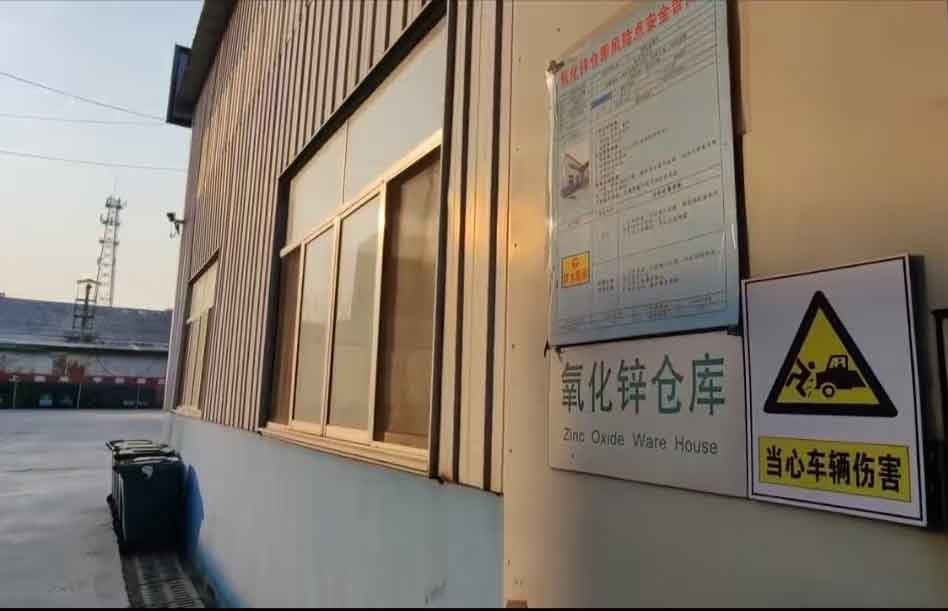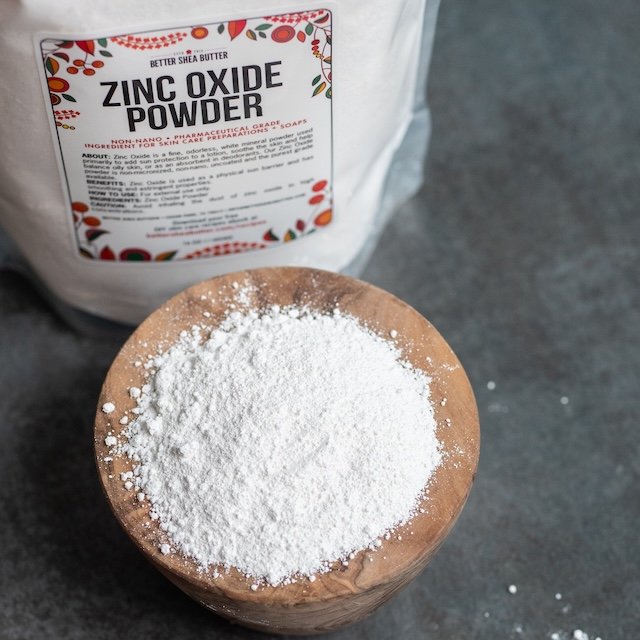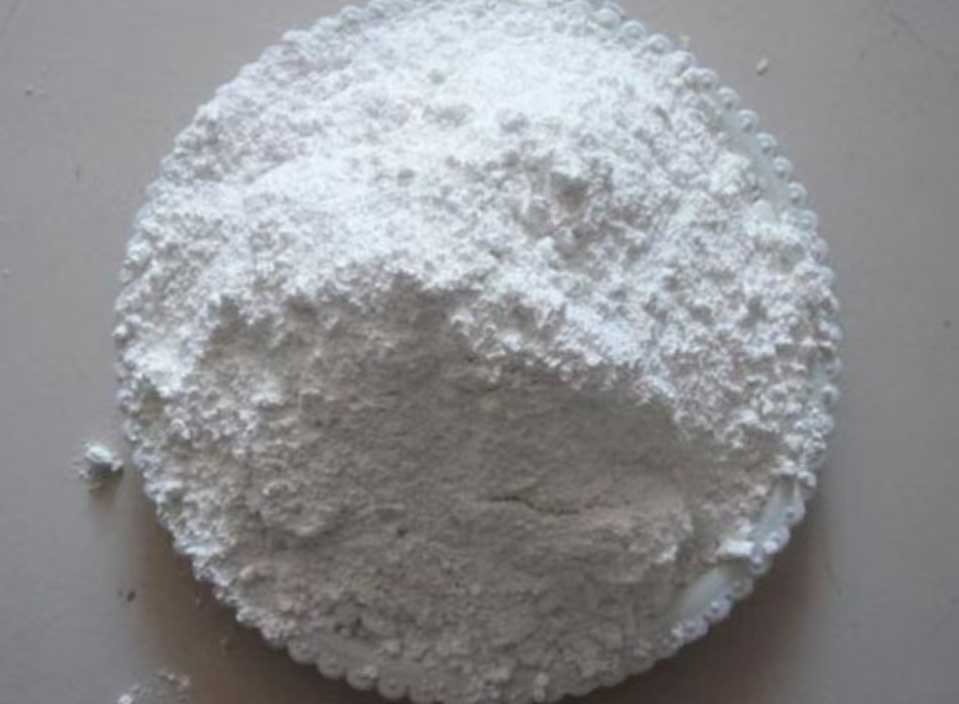Zinc Oxide Price Trends in 2025: What Manufacturers Should Know
Zinc oxide (ZnO) is a vital industrial compound used in rubber manufacturing, ceramics, cosmetics, pharmaceuticals, and electronics. In 2025, zinc oxide price trends are increasingly affected by global supply chain dynamics, raw material costs, environmental regulations, and regional demand spikes.
Current Zinc Oxide Price Overview
As of Q2 2025, the global average price of zinc oxide ranges between $2,200–$2,800 per metric ton, depending on purity, particle size, and region. Prices for high-purity nano zinc oxide can exceed $4,000/ton.
According to Trading Economics, zinc futures have fluctuated due to macroeconomic instability and tight mining output, directly influencing ZnO production costs.
Key Price Drivers in 2025
1. Zinc Ore Availability
Zinc oxide production is fundamentally dependent on the availability of zinc ore, its primary raw material. Major zinc-producing countries like China, Peru, and Australia dominate the global supply chain. However, recent geopolitical tensions, mining restrictions, and logistical challenges have caused periodic disruptions. For example, stricter environmental regulations in China and social license issues in Peru have intermittently reduced mining output. These supply constraints have led to increased volatility in zinc ore prices, which in turn directly influence zinc oxide costs. The International Lead and Zinc Study Group (ILZSG) forecasts that zinc ore supply will remain constrained throughout 2025, maintaining upward pressure on zinc oxide pricing. Such supply-side uncertainties emphasize the need for manufacturers to closely monitor mining sector developments and diversify sourcing strategies.
2. Energy and Environmental Costs
The production of zinc oxide is an energy-intensive process, especially when employing traditional methods such as the indirect French process or direct roasting of zinc concentrates. As many zinc oxide manufacturers operate in regions with high electricity costs—such as parts of Asia and the European Union—rising energy prices significantly affect operational expenses. Additionally, increasingly stringent environmental regulations are forcing producers to invest in cleaner, low-emission technologies and implement costly pollution control measures. Compliance with carbon reduction targets and air quality standards often requires expensive upgrades to equipment and process modifications. Together, these energy and environmental factors drive up the production cost base for zinc oxide manufacturers, which manufacturers often pass on to customers through higher prices. In 2025, these dynamics are expected to continue shaping the cost structure of zinc oxide production worldwide.
3. Regional Demand GrowthZincoxide and Its Rising Role in Modern Manufacturing Industries 2025Zincoxide and Its Rising Role in Modern Manufacturing Industries 2025Zincoxide and Its Rising Role in Modern Manufacturing Industries 2025Zincoxide and Its Rising Role in Modern Manufacturing Industries 2025Zincoxide and Its Rising Role in Modern Manufacturing Industries 2025
Demand for zinc oxide is closely tied to the health of key end-use industries, especially the rubber and tire sectors. Southeast Asia, in particular, has seen robust industrial growth fueled by expanding automotive production, infrastructure development, and consumer goods manufacturing. According to Statista, the Asia-Pacific region remains the largest consumer of zinc oxide globally, accounting for a significant share of demand driven by its thriving rubber industry. This regional demand growth has created price differentials, with zinc oxide prices often higher in Southeast Asia compared to other regions due to strong local consumption and logistics costs. Furthermore, emerging markets within Southeast Asia are investing heavily in manufacturing capacity, which is expected to sustain demand growth and maintain regional price premiums in 2025. This regional dynamic highlights the importance for zinc oxide producers and suppliers to tailor their pricing and supply strategies according to local market conditions.
Price by Region (2025 Q2 Estimate)
| Region | Average Price (USD/ton) |
|---|---|
| North America | $2,400–2,700 |
| Europe | $2,500–2,900 |
| Southeast Asia | $2,200–2,600 |
| Middle East | $2,300–2,700 |
| China (Domestic) | $2,000–2,400 |
Data based on market reports from Grand View Research.
FAQ: Zinc Oxide Price
1. Why is zinc oxide getting more expensive?
Rising energy costs, tighter environmental policies, and reduced zinc ore supply are all driving up production costs.
2. What factors affect zinc oxide pricing most?
Key factors include zinc ore prices, production technology, regional demand, and logistics.
3. Is nano zinc oxide more expensive than regular ZnO?
Yes. Due to advanced processing and applications in electronics and cosmetics, nano zinc oxide can cost up to 60–80% more than standard grades.
4. Where can I track live zinc prices?
You can follow live prices on platforms like Trading Economics and LME (London Metal Exchange).
5. Will zinc oxide prices fall in 2025?
Analysts expect moderate stability, but geopolitical events or mining disruptions could cause new price spikes.



